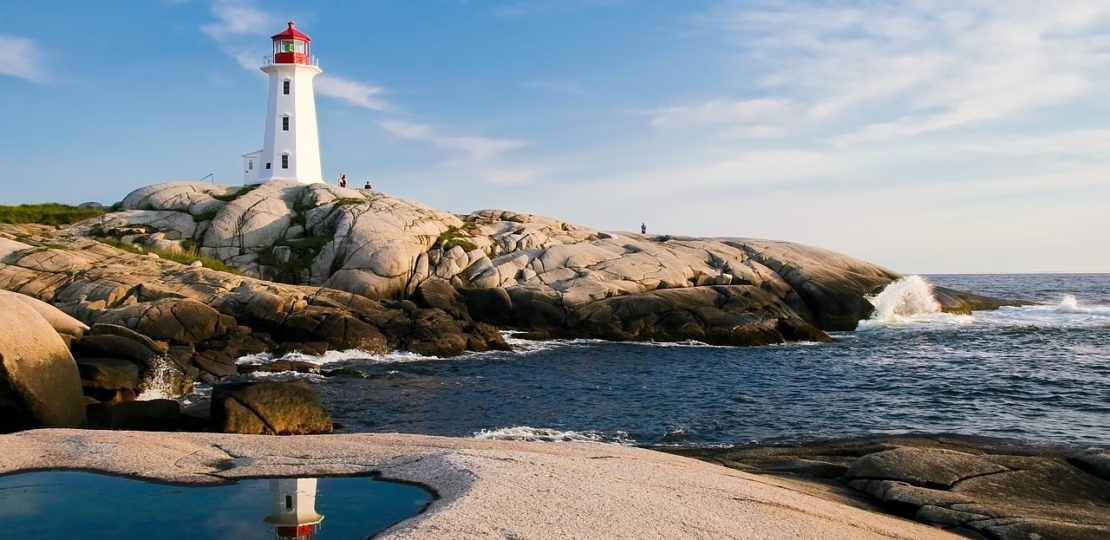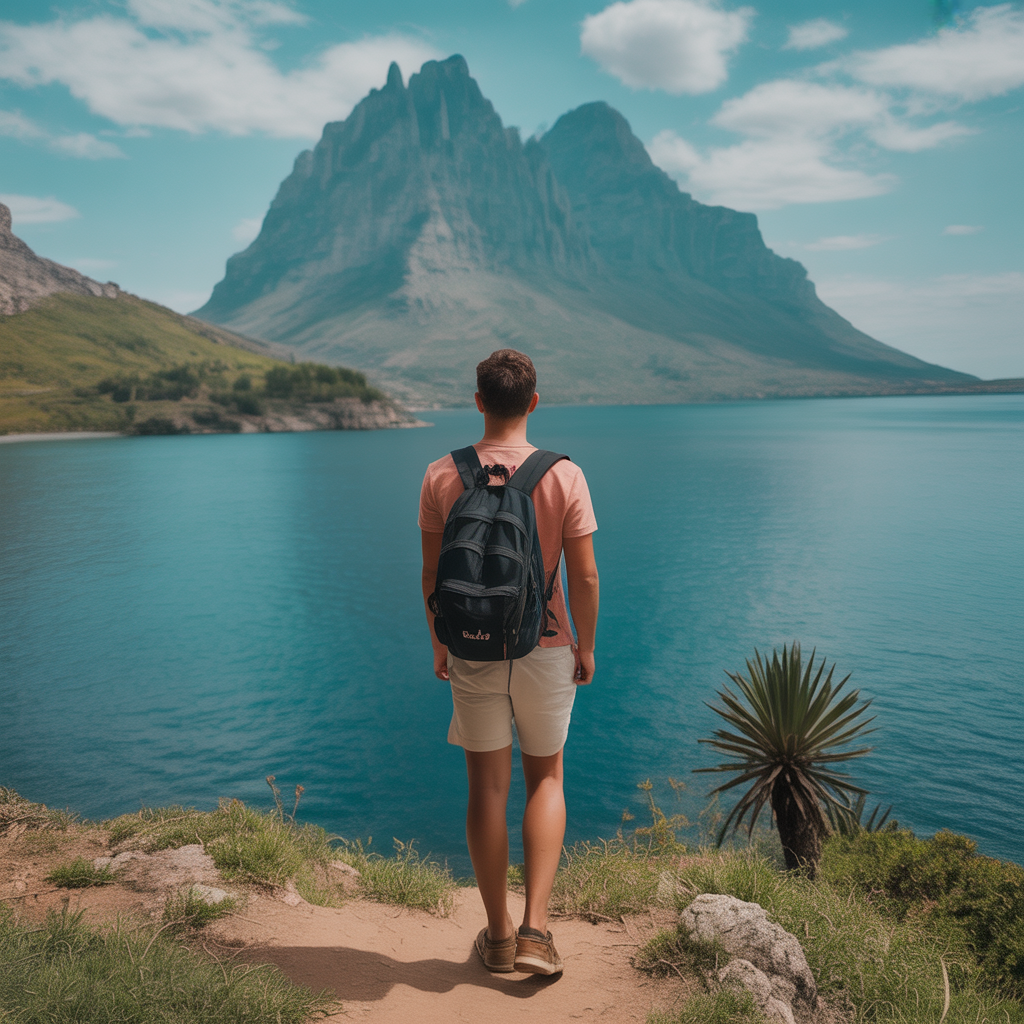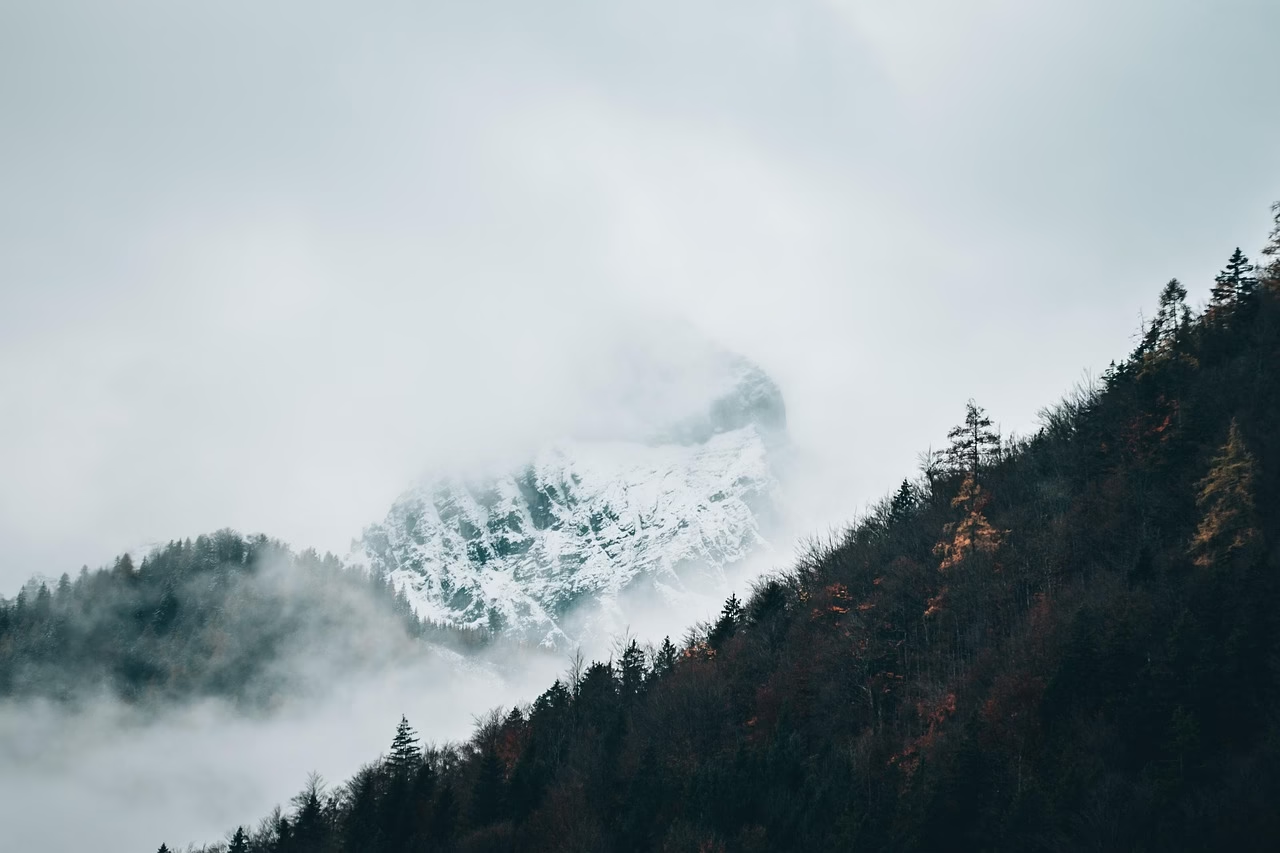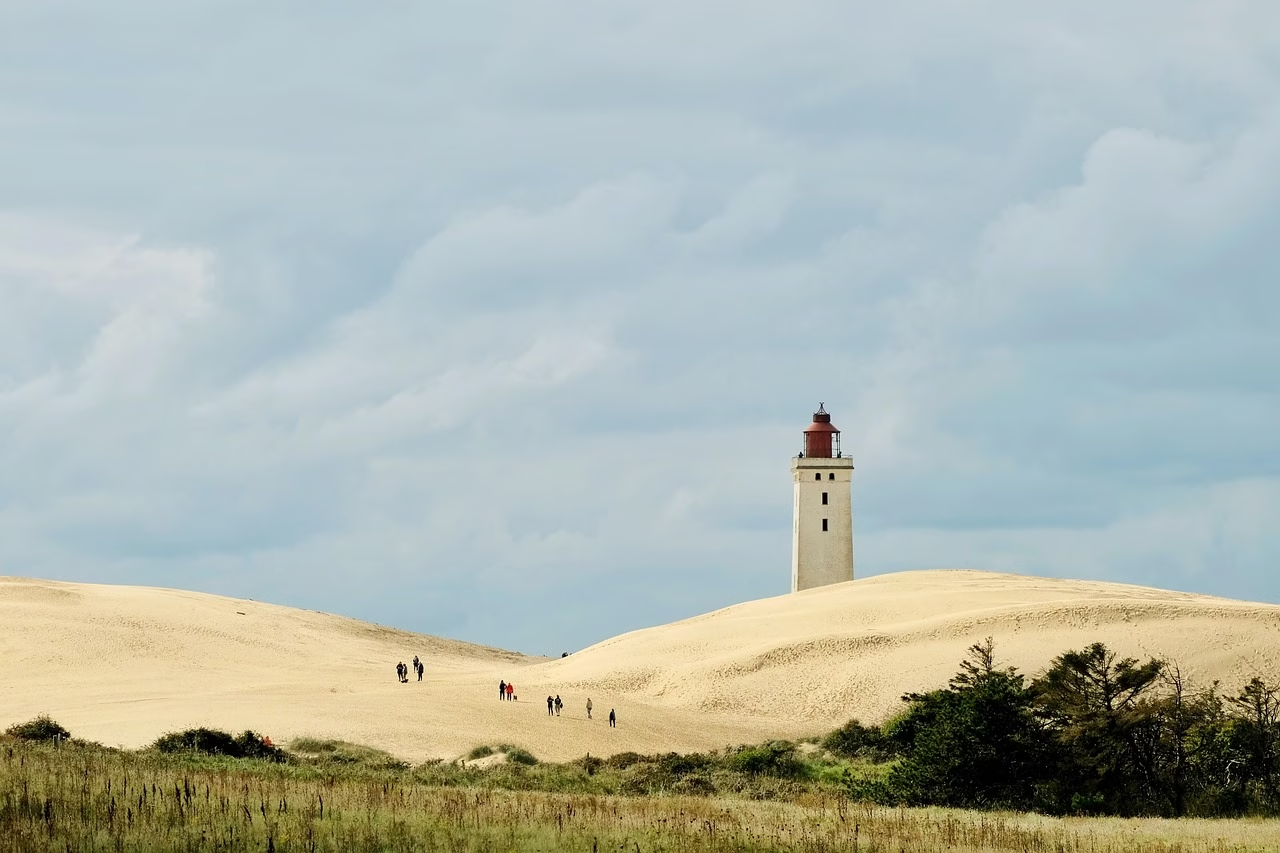By Marco Santiago · Cultural explorer & adventure storyteller
Last July, while Barcelona’s pavements simmered at 43 °C, I found myself wading barefoot through the bone-white sands of Haukland Beach in Norway’s Lofoten archipelago. The water never rose above 14 °C, yet the sun hung over the craggy granite like a lantern that refused to set. Locals paddled kayaks between cathedral-green peaks, and a German family beside me whispered “endlich kühl”—finally cool. It felt as though an invisible membrane separated our fjord-kissed reality from the furnace roaring farther south.
The Meteorology of Wanderlust
Climate data used to be a footnote in the guidebooks I packed; now it writes the prologue. The European Travel Commission’s spring 2025 report reveals that 28 % of Europeans are actively choosing destinations for their lower summer temperatures. Airlines have noticed: Scandinavian carrier SAS recorded a 22 % spike in bookings from France alone this season, and seats to Stavanger sold out weeks earlier than normal. The industry calls it a “coolcation”; for travelers, it is an instinctive migration toward psychological relief. When the body stops sweating, the mind starts wandering.
Nordic Daydreams, 24 Hours Long
In Iceland’s north, the midnight sun paints Lake Mývatn in apricot pastels, gifting explorers a disorienting bounty of daylight. I drove the ring road at 2 a.m., windows down, inhaling sulfur-sweet steam from Hverir’s mud pots while messages from friends in Rome arrived: “Our air-con just died.” The dichotomy felt surreal—like reading two timelines, one overheating, the other exhaling.

Scandinavia’s New Summer Anthem
Sweden’s tourism board wasted no time re-writing its chorus. Their Discover the Originals campaign now serenades would-be visitors with birch forests, brackish archipelagos, and the brand-new 270 km Stockholm Archipelago Trail. Hikers can ferry between 20 islands, collecting salty breezes where Mediterranean siestas once reigned. Meanwhile Copenhagen’s hotels, once 80 % American in July, report a ten-fold jump in Spanish and Italian guests seeking black-coffee-cool mornings along Nyhavn’s quays.
Personal Encounters with Latitude
I remember climbing Tromsø’s Fløya trail as the city’s pastel houses receded into cotton-candy fog. Mid-ascent, I met Sofia, a teacher from Seville whose school closed thrice the previous year due to heat advisories. “Here,” she sighed, flushing from exertion rather than humidity, “I’ve rediscovered recess.” Her words echoed down the stony switchbacks: an adult rediscovering the childhood pleasure of simply being outside at noon.
Advice for the Aspiring Coolcationer
- Book north-facing lodging early. Boutique stays in Lofoten, Åland, and the Faroe Islands now fill six months in advance.
- Pack layers, not extremes. A lightweight merino sweater and rain shell will outperform bulky coats; mornings hover around 12 °C, afternoons may flirt with 20 °C.
- Lean into daylight abundance. Use eye-shades at night and schedule glacier hikes or puffin safaris after dinner; sunlight doesn’t punch a clock here.
- Travel quietly. These fragile ecosystems—lichen-carpeted tundra, nesting cliffs—are stress-tested by sudden popularity. Stick to marked trails, reduce plastic waste, and honor local Sámi or Faroese stewardship rituals.
A New Narrative for Summer
What began as a workaround has matured into a worldview. Coolcationing is not merely temperature tourism; it is a renegotiation of what summer romances look like. The romance can be the hush between glacier creaks, the violet bloom of Arctic fireweed, the way birch leaves quake like small applause when the breeze turns a shade colder than expected. It is letting the planet’s rotations guide our itineraries more than influencer algorithms.
Standing on Svalbard’s permafrost last week, streaks of indigo tundra stretching to a polar horizon, I felt neither escape nor victory against the heat—I felt humility. The Earth still offers corridors of comfort, but they are finite scrolls. Coolcations remind us that seeking shade is a human right, yet safeguarding the shade is a collective duty.
Final Thoughts from the North Wind
I will forever cherish the memory of sipping cloudberry liqueur on a wooden pier in Bodø while a crimson sun refused to descend. Somewhere beyond the horizon, asphalt was melting; here, arctic terns sketched lazy figure-eights over mirror-still water. The choice felt less like a trend and more like an awakening—an acknowledgement that wonder thrives at lower decimals of heat.
Travel north, breathe deeper, and carry the cool back home in stories, not carbon.





